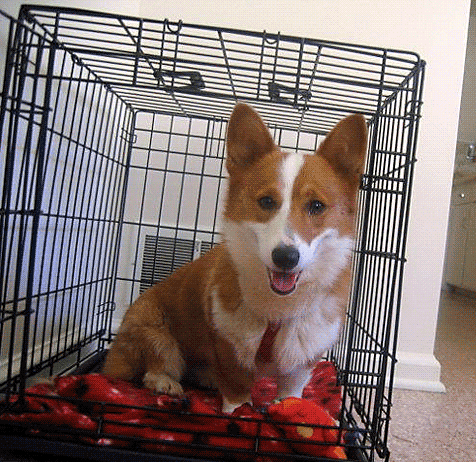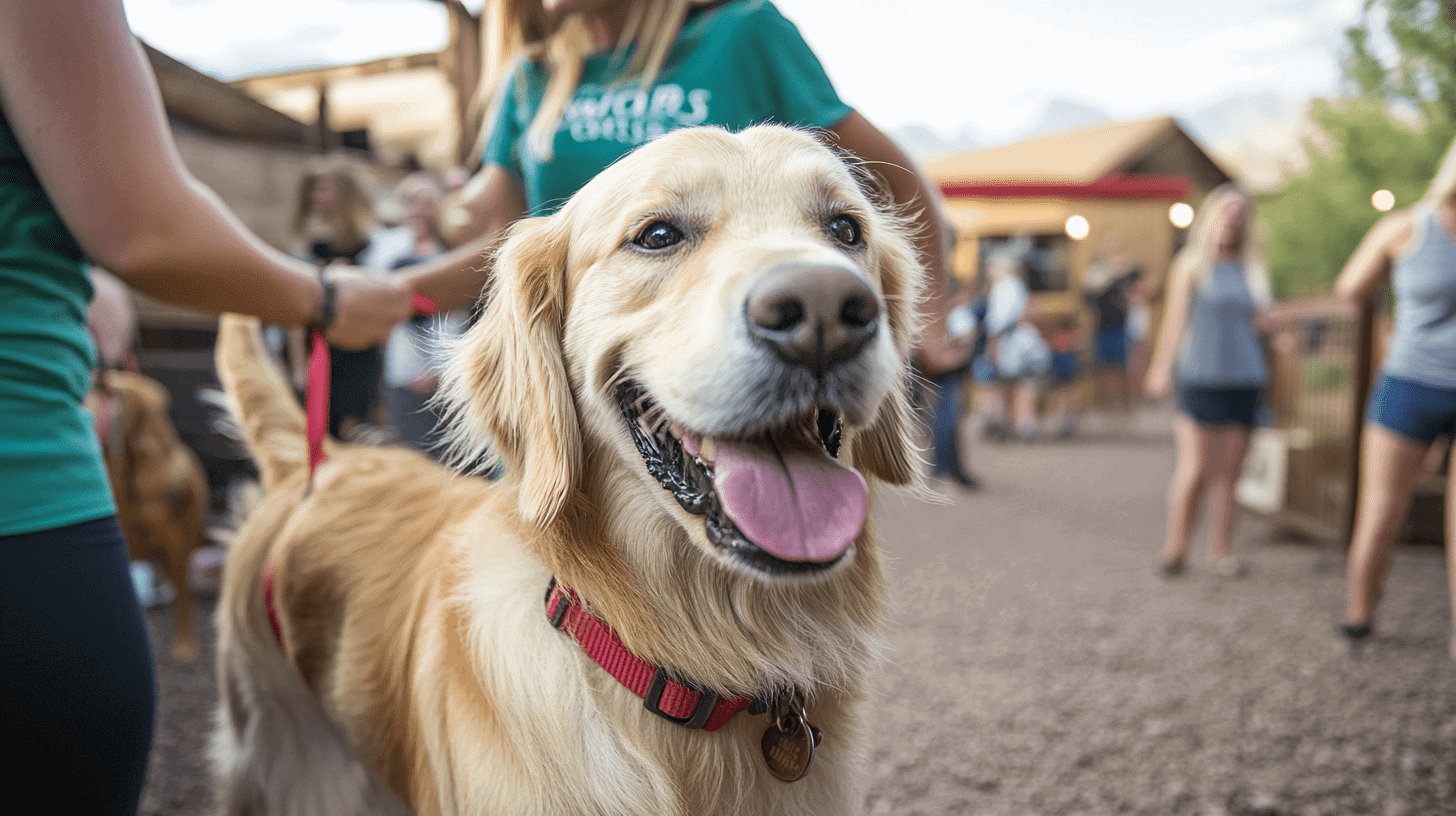
Tobi enjoying her crate. (CC) Laura Harris
By Jeannine Berger, DVM, DACVB, DACAW, CAWA, San Francisco SPCA
Some dog owners believe crate training is cruel and dogs should not be confined. The truth is that a crate, if introduced correctly, can be a safe haven and a great place for a dog.
A crate can provide a great sense of security and stability for your dog. It is important that spending time in the crate is introduced correctly and gradually and all experiences in the crate are positive. Teach the dog to settle in the crate by providing his meals packed in food dispensing toys, so he can keep himself mentally busy.
- Do not use the crate for punishment: a dog should never been taken to the crate if he did something “bad” as form of a time out. The dog will associate the crate with a bad experience and not go there freely.
- Always make going into the crate a positive experience and use positive reinforcement to teach him to enter the crate.
- Do not leave the dog in the crate for longer than he can handle – gradually increase the time up to 4 hrs, then give the dog a potty break.
Here are some of the main benefits of crate training:
House Training
Confinement in a crate prevents house soiling, as most dogs don’t want to soil their “den”. By confining a puppy to a crate and taking him out on a regular basis (every 2 hrs in the beginning) the puppy learns to control his bladder and bowel. If your crate is the correct size, it encourages them not to make a mess where they sleep. Your dog will most likely have to eliminate as soon as they’re let out. This gives you a chance to reward your dog for doing their business in the correct place, outside.
Prevent Destructive Behavior
Crates keep your dog out of mischief when you can’t supervise them. A puppy’s teething damage is reduced to their safe chew toys, not your furniture. Nighttime crating makes everyone in the home sleep more calmly.
Keep Dogs Safe
Crating provides peace of mind for you, and safety for your dog, when you can’t supervise him. When you are at work, dogs can be placed in their crates, provided they receive some enrichment in the crate and regular exercise before and after. Breaks should be given at least every 4 hrs.
Driving
While traveling in the car, dogs are much safer if they are in a crate. They have a much higher chance of survival if there is an accident.
Teaches Relaxation
Time spent in the crate encourages excited dogs to enjoy some down time. If the crate is introduced properly, it can become a calm and private sanctuary for your dog.
Being a Good Neighbor
If you live in a city environment, or if you are renting, crating your dog makes you and your dog a good neighbor. It can prevent a dog from barking at the windows or passerbys all day and reduce destruction in the home if your dog is not supervised.
If you would like help crate training your dog, here are useful resources for your puppy or adult dog. The San Francisco SPCA also offers reasonably priced classes with knowledgeable instructors.







